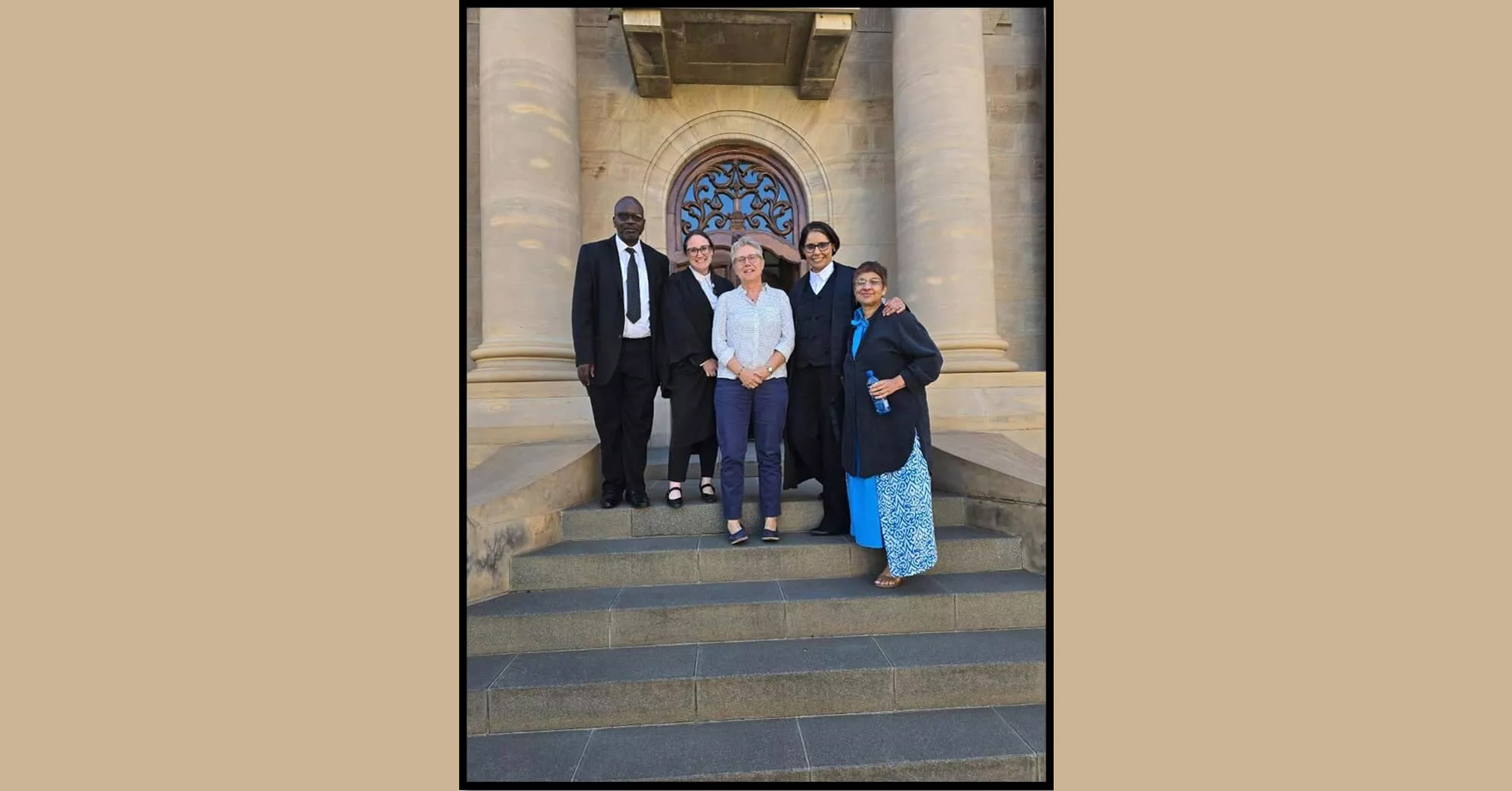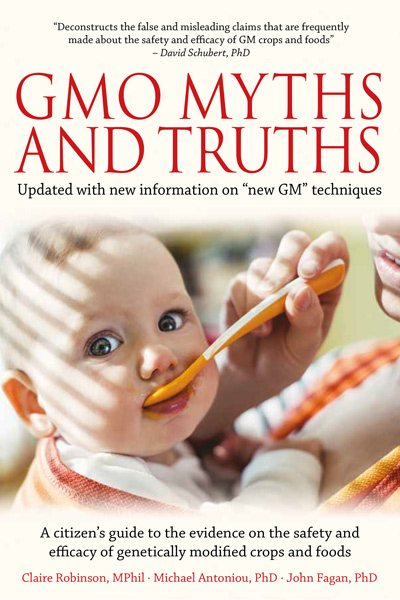
Scientific issues listed in unanimous verdict of the five judges triggered application of precautionary principle
The African Centre for Biodiversity (ACB) on 22 October 2024 reported on a groundbreaking ruling against Bayer-Monsanto and five state respondents in South Africa:[1]
“After nine long years of arduous litigation by the African Centre for Biodiversity (ACB), a full bench consisting of five judges of the Supreme Court of Appeal (SCA), sitting in Bloemfontein, South Africa, has today set aside several layers of decision-making regarding the approval of the application by Monsanto, now Bayer, for commercial release of its drought-tolerant genetically modified (GM) maize, MON87460.”
The ACB specifically recognises the indispensable roles of ENSSER members Prof Jack Heinemann and Dr Angelika Hilbeck (co-founder and acting board member of ENSSER) in this long journey that finally ended with this precedent-setting outcome.
The expert opinions made by the two ENSSER members concerned these scientific issues listed in the unanimous verdict of the five SCA judges,[2] which triggered the application of the precautionary principle.
The experts, who provided opinions in support of the appellant, highlighted several fundamental concerns, all of which were articulated in the appeal document that served before the Appeal Board. Those concerns include:
(a) When regard is had to the Cartagena Protocol, which requires that claims of scientific certainty be substantiated with evidence to prove a lack of potential for scientific hazards, Monsanto’s risk assessment was inadequate in identifying plausible hazards;
(b) Monsanto’s claims of lack of allergenicity are unsubstantiated;
(c) Monsanto itself identified a fragment of the protein used in MON87460 (cspB) that was resistant to pepsin digestion, meaning that it is not fully digestible by gastric juices. Further experimentation (such as serum analysis or animal testing) was thus required to assess potential allergenicity;
(d) The data Monsanto had included in its application showed high expression of cspB in pollen, but Monsanto has not conducted any studies on the potential and likelihood of allergenic responses to pollen;
(e) There is no history of the safe use of MON87460 in the form in which it is expressed since the data submitted by Monsanto in support of its safety claims were based on fermented and digested forms of the product;
(f) There was no evidence in the record before the Executive Council, the Appeal Board, and the Minister on the effects of food processing and the safety of human exposure via cooked MON87460 in South African diets. The only data included was summaries of the following:–
(i) A chicken feeding study in which raw maize was fed to chickens;
(ii) An acute toxicity study on the effects on mice of the bacterially derived isolated protein, which has limited application to human exposure and is in any event not a study of all proteins associated with MON87460
(iii) A rat feeding study;
(iv) A broiler chicken study, which was concerned with food quality standards and not with any adverse impacts on health; and
(v) Aggregated field trial summaries, which contain insufficient information to interpret and apply the findings to the application for approval for the general release of MON87460.
Many of the noted fundamental concerns of the MON 87460 maize dossier that the five judges unanimously ruled to have triggered the precautionary principle and the need for a determination to be made whether, in addition to a desktop biosafety assessment, an environmental impact assessment is also necessary, apply equally to other dossiers of GM crops submitted to other jurisdictions, notably in Europe.
The biotech companies typically submit the same data of the same experiments for a particular GM crop to all regulators in different jurisdictions where they seek approval, including the EU and its member states, which are also legally obliged to apply the precautionary principle. ENSSER, therefore, calls for a careful evaluation of the bearing of the South African ruling on similar cases in European jurisdictions, which have been repeatedly criticised by civil societies and ENSSER members for their failure to implement the precautionary principle.[3]
ENSSER joins Dr Hilbeck in stating: “We wish to congratulate the ACB on this enormous effort. Your perseverance, tireless fundraising efforts, finding and bringing together the right people at the right time, and our communal transcontinental commitment to set the record straight in service of biosafety and the precautionary principle have at the end created one of the rare David vs Goliath success stories.”
Notes
[2] https://www.saflii.org/za/cases/ZASCA/2024/143.html
[3] For instance, see: “GMO regulations and their interpretation: how EFSA’s guidance on risk assessments of GMOs is bound to fail”, 2020, https://ensser.org/from-our-members/gmo-regulations-and-their-interpretation-how-efsas-guidance-on-risk-assessments-of-gmos-is-bound-to-fail/;
“European Court of Justice does not request a more detailed investigation of risks of genetically engineered soybeans”, 2019, https://ensser.org/press_release/media-release-european-court-of-justice-does-not-request-a-more-detailed-investigation-of-risks-of-genetically-engineered-soybeans/;
“New GM plants: EU Commission has lost science and safety from sight”, 2023, https://ensser.org/press_release/new-gm-plants-eu-commission-has-lost-science-and-safety-from-sight/
Photo: ACB. ACB's Mariam Mayet is far right; Dr Hilbeck is centre.










